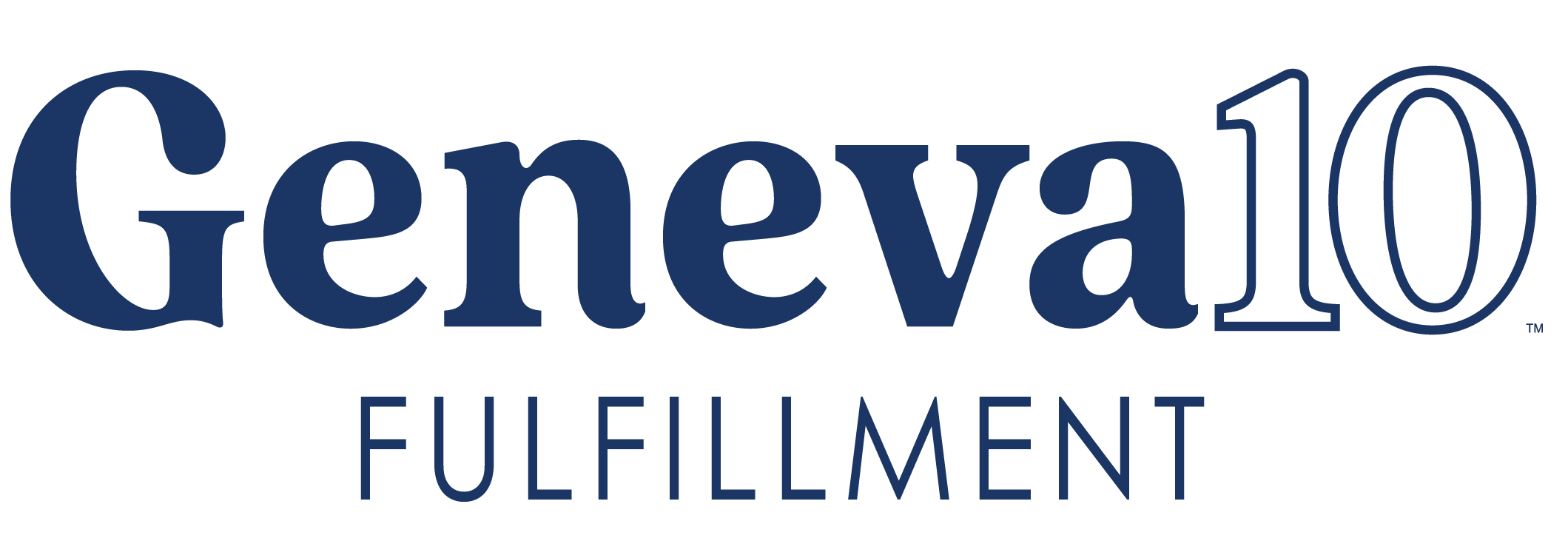In 1999, Hershey’s lost an estimated $100 million in sales because they were unable to deliver Kisses and Jolly Ranchers to stores in time for Halloween. A dozen years later, Best Buy couldn’t keep up with consumer demand during the busy Christmas shopping season and was forced to cancel orders due to stock shortages.
While both companies managed to avoid an all-out catastrophe, inventory management — or lack thereof — can have serious repercussions. Just ask Kmart, whose lack of a supply chain management system helped hasten its downfall.
Inventory management may not be considered glamorous or fun, but getting it right is crucial. One misstep and you might find your own blue light specials extinguished for good.
Finding the Sweet Spot
Inventory management is a balancing act; you need to make sure you have enough supply to meet consumer demand, but not so much that you tie up capital on other costs. In 2018, the odds of shoppers encountering out of stock items was 1 in 200, costing retailers $300 million in revenue. By 2022, that number had climbed to 1 in 59 — a 235% increase that can be attributed to the COVID-19 pandemic and its associated supply chain issues.
Too little inventory can lead to out of stock items, frustrating consumers, costing your business sales, and damaging your brand reputation. But too much inventory can tie up capital, leading to storage and handling costs and increasing the risk of product obsolescence. The goal of inventory management is to find the sweet spot between these two extremes, a process that requires careful planning, forecasting, and monitoring of inventory levels.
Inventory management is crucial for several reasons, including:
- Ensures Product Availability and Customer Satisfaction. Effective inventory management helps retailers maintain adequate stock levels to meet customer demand. This prevents stockouts, which can lead to lost sales, frustrated customers, and damage to brand reputation.
- Optimizes Costs and Reduces Expenses. Overstocking can tie up capital in excess inventory, leading to increased storage costs, potential product obsolescence, and the need for discounting to clear out excess stock. Conversely, understocking can result in lost sales opportunities and increased ordering costs.
- Improves Operational Efficiency. Efficient inventory management streamlines ordering, receiving, storing, and tracking products. This reduces the time and resources spent on inventory management tasks, allowing retailers to focus on other core business activities.
- Enables Data-Driven Decision Making. Accurate inventory data provides valuable insights into customer demand, sales trends, and product performance. This information can be used to make informed decisions about product assortment, pricing, and marketing strategies.
- Supports Scalability and Growth. As a retailer’s business grows, effective inventory management practices become even more important. It ensures the company can handle increased demand, expand product offerings, and enter new markets without compromising customer service or profitability.
7 Ways a 3PL Can Assist in Inventory Management
Retailers have a number of options for managing inventory levels. Software tools help keep tabs on popular items, and point of sale (POS) inventory management systems allow you to monitor sales and track inventory remotely. But doing so yourself involves a learning curve and can be a drain on valuable resources.
Third-party logistics (3PL) providers like Geneva10 can play a valuable role in assisting retailers with inventory management. They offer a range of services that can help retailers optimize their inventory levels, improve efficiency, and reduce costs. These include:
- Warehousing and Distribution. 3PLs provide secure and strategically located warehouses to store and distribute retailers’ inventory. This can free up retailers’ own warehouse space and allow them to focus on other core business activities.
- Inventory Tracking and Management. 3PLs utilize sophisticated inventory management systems to track and monitor inventory levels in real time. This provides retailers with accurate visibility into their inventory status and helps prevent stockouts and overstocking.
- Demand Forecasting and Analysis. 3PLs can assist retailers in forecasting demand for their products using historical sales data, market trends, and other factors. This information helps retailers make informed decisions about ordering and maintaining inventory levels.
- Order Fulfillment and Shipping. 3PLs can handle the entire order fulfillment process, including picking, packing, and shipping orders to customers. This frees up retailers’ time and resources and allows them to focus on customer service.
- Returns Management. 3PLs can efficiently process and manage product returns, including inspecting, repackaging, and restocking returned items. This streamlines the returns process for retailers and reduces their workload.
- Technology Solutions. 3PLs often provide innovative technology solutions that enhance inventory visibility and control. These solutions can include real-time inventory tracking, data analytics, and automated replenishment systems.
- Scalability and Flexibility. 3PLs can provide retailers with the flexibility to scale their inventory management needs up or down as their business grows or fluctuates. This eliminates the need for retailers to invest in their own warehouse space and infrastructure.
With over 14 years of inventory management experience, Geneva10 has proven itself a leader in third-party logistics. Contact us today to learn how we can help manage your inventory and keep the supply chain moving efficiently.

